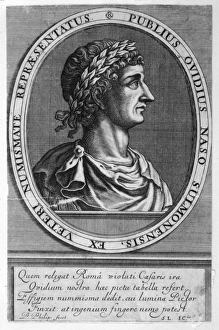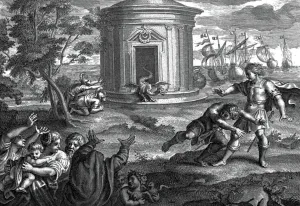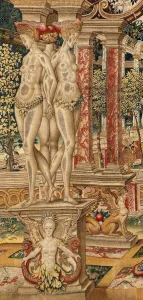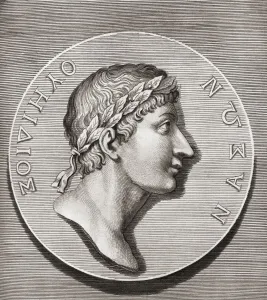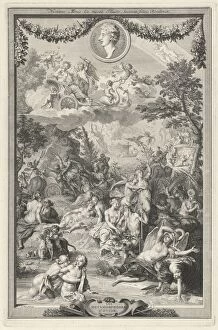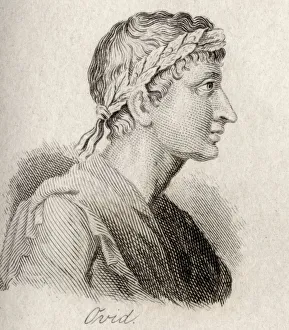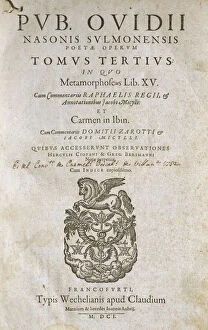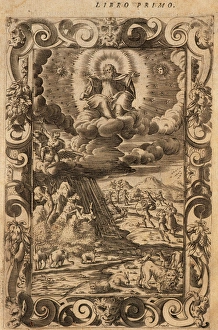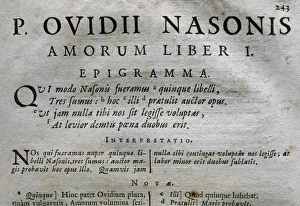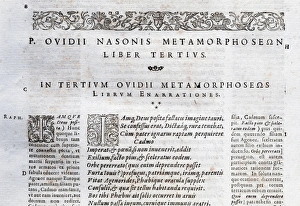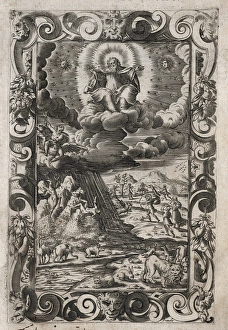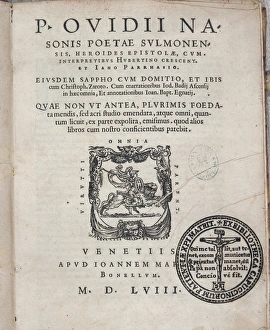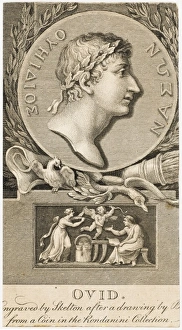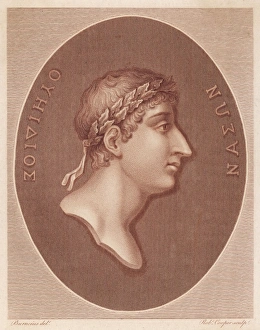Ovidius Collection
Publius Ovidius Naso, better known as Ovid, was a renowned Roman poet who lived from 43 B. C. To 17/18 A. C
All Professionally Made to Order for Quick Shipping
Publius Ovidius Naso, better known as Ovid, was a renowned Roman poet who lived from 43 B. C. To 17/18 A. C. His works have left an indelible mark on literature and art throughout history. One of his most famous tales is that of Orpheus's tragic death, depicted in an exquisite French illustration. In another captivating artwork, we witness Aeneas being granted immortality by the goddess Venus. This second half of the 17th-century oil painting captures the divine intervention that ensured Aeneas's eternal legacy. Ovid's Metamorphoses also delves into Greek mythology, showcasing powerful gods like Aesculapius through intricate engravings. These illustrations bring to life the stories of transformation and rebirth found within Ovid's poetic masterpiece. But it seems that even gods are not immune to revenge. In a copper engraving aptly titled "Ovid's Revenge, " we see the consequences faced by those who dare cross this influential poet. The tapestry depicting Vertumnus and Pomona transports us back to ancient Rome with its vivid portrayal of Vertumnus transformed into a pruner. Created around 1550, this piece showcases Ovid's ability to captivate audiences with his imaginative storytelling. Further testament to Ovid's enduring influence can be seen in paintings from his Metamorphoses housed within architectural ebonised frames dating between the years 1500-1699. These oil-on-copper masterpieces serve as visual interpretations of some of Ovid's most beloved tales. From Orpheus' tragic fate to divine interventions and transformative journeys, these artworks pay homage to Publius Ovidius Naso’s timeless literary contributions. Through their beauty and intricacy, they remind us why he remains one of history’s greatest storytellers whose words continue to inspire generations even today.

